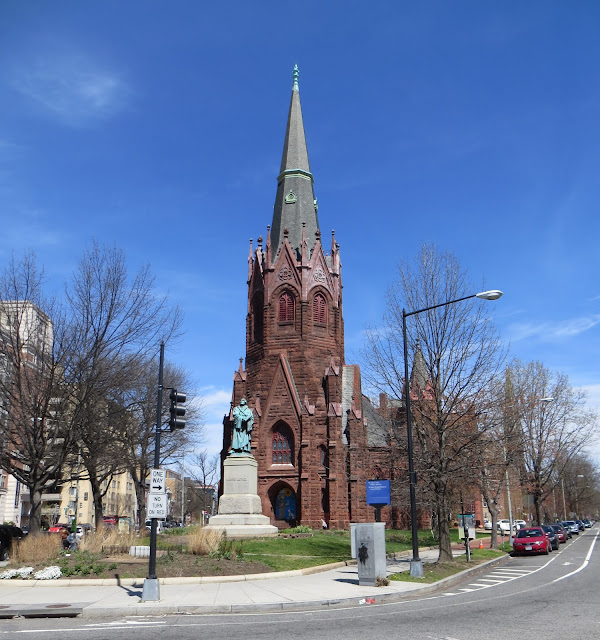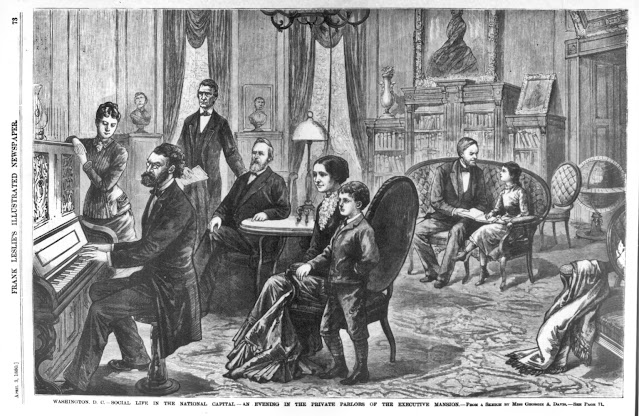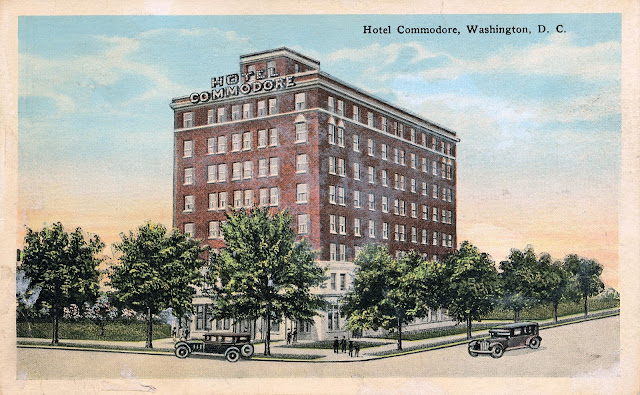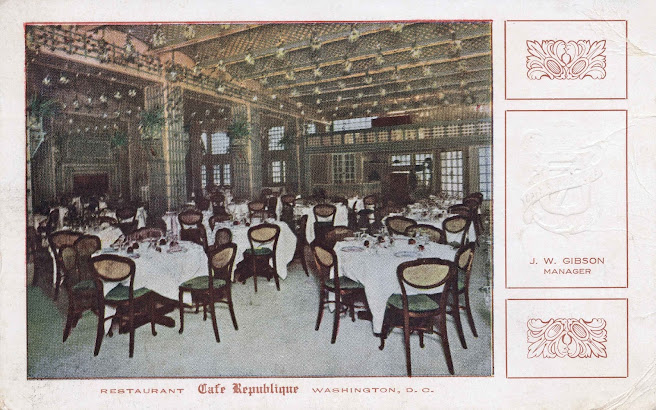Jean Moran’s DC Restaurants of the 1940s – 1960s
Jean Moran (1898-1971) was a successful restaurateur who ran several eateries in Washington from the World War II years until she retired in 1965. Born Lillian Jean Conery in New Orleans, Louisiana, she favored atmospheric eateries with multiple, separately themed rooms. Eating at one of Moran’s restaurants was an immersive experience designed to uplift the spirit as much as satisfy the palate. Postcard of the Stables Restaurant (author's collection).




.jpg)




